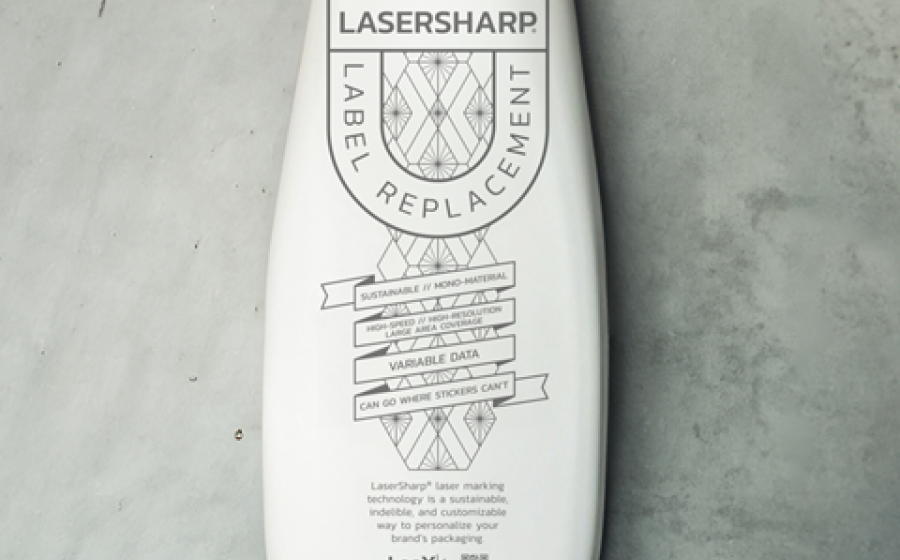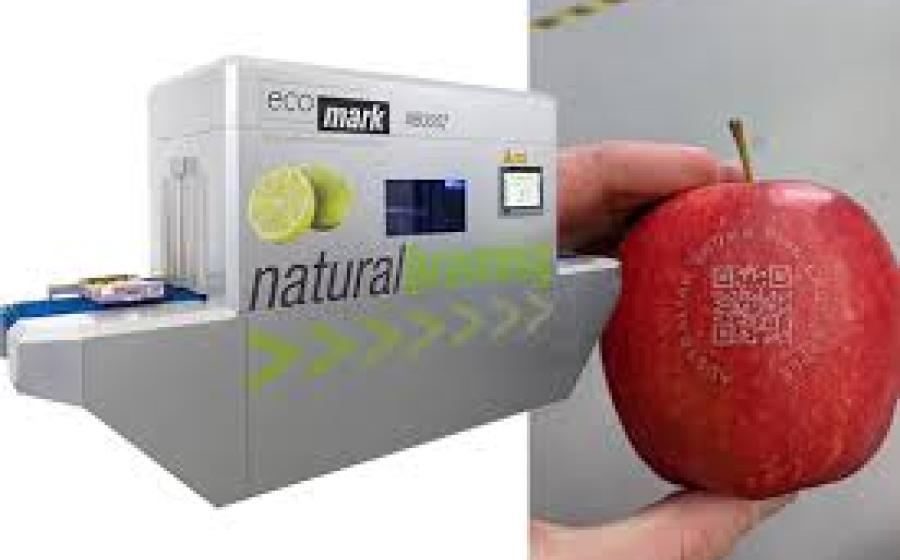

In today’s fast-changing packaging industry, every innovation is judged not just by how well it performs but also by how it supports sustainability, efficiency, and compliance. One such innovation that is rapidly gaining momentum is laser coding a technology that is now replacing traditional labels across multiple sectors.
What started as a niche solution for high-value products is now becoming a mainstream alternative to labels and ink-based coding systems, offering brand owners a smarter, cleaner, and more eco-friendly way to mark their packaging.
From Labels to Laser: An Evolution in Packaging
For decades, printed labels have been the go-to for product information, batch codes, expiry dates, and branding elements. While effective, labels come with challenges extra material costs, adhesive issues, waste generation, and limitations on recyclability.
Enter laser coding. Instead of applying a physical label or printing with ink, a high-precision laser beam directly engraves or etches codes, barcodes, and even logos onto the packaging surface. This means:
- No extra label stock or adhesives.
- Permanent, tamper-proof markings.
- Reduced risk of smudging, fading, or counterfeiting.
Just like digital printing transformed packaging graphics, laser technology is now transforming product coding and compliance.
Why Brands Are Switching to Laser Coding
- Sustainability Gains
With increasing pressure to reduce packaging waste, laser coding eliminates the need for extra label materials altogether. By cutting out adhesives, inks, and liners, brands significantly lower their environmental footprint aligning with global sustainability goals. - Cost Efficiency
While the initial setup for laser systems may be higher, long-term costs are reduced. Companies save on consumables (labels, ribbons, inks), shipping of label rolls, and downtime due to roll changes. - Superior Durability
Unlike labels that peel off or inks that smudge, laser marks are permanent and tamper-proof. This is especially valuable in industries where safety, traceability, and authenticity are non-negotiable like pharmaceuticals, beverages, and electronics. - Compliance & Smart Packaging
As regulations tighten on track-and-trace, serialization, and product transparency, laser coding offers a reliable solution. QR codes, batch data, or barcodes etched directly onto packaging are not only secure but also fully compliant with international standards. - Design Flexibility
Today’s lasers can mark on glass, plastic, paperboard, and even metal. This versatility makes them suitable for a wide variety of industries, from FMCG and cosmetics to food and pharma.
Linking to the Bigger Picture: Printing & Packaging Innovation
Laser coding doesn’t exist in isolation it’s part of a bigger trend where packaging and printing technologies are becoming more sustainable, efficient, and intelligent.
- Just as water-based inks are replacing solvent-based ones for safer, greener printing, laser coding is replacing labels to reduce material waste.
- As smart packaging grows with QR codes and traceability, lasers provide a tamper-proof, permanent way to embed critical data directly on the pack.
- Like the shift from virgin plastics to recycled or bio-based packaging, laser coding eliminates unnecessary layers and supports recyclability.
This is not just about product identification anymore it’s about future-proof packaging strategies that serve both brands and the planet.
The Road Ahead
As sustainability, compliance, and efficiency take center stage, it’s clear that laser coding is more than just an alternative to labels it’s a long-term solution. Early adopters are already seeing benefits in reduced costs, simplified supply chains, and stronger sustainability credentials.
Much like the digital printing revolution a decade ago, we are now witnessing the rise of laser coding as the next big shift in packaging technology. Brands that embrace it today are not only future-proofing their operations but also making a strong statement about their commitment to innovation and the environment.
Because in packaging, sometimes the smartest solutions are the ones that leave the lightest mark.


